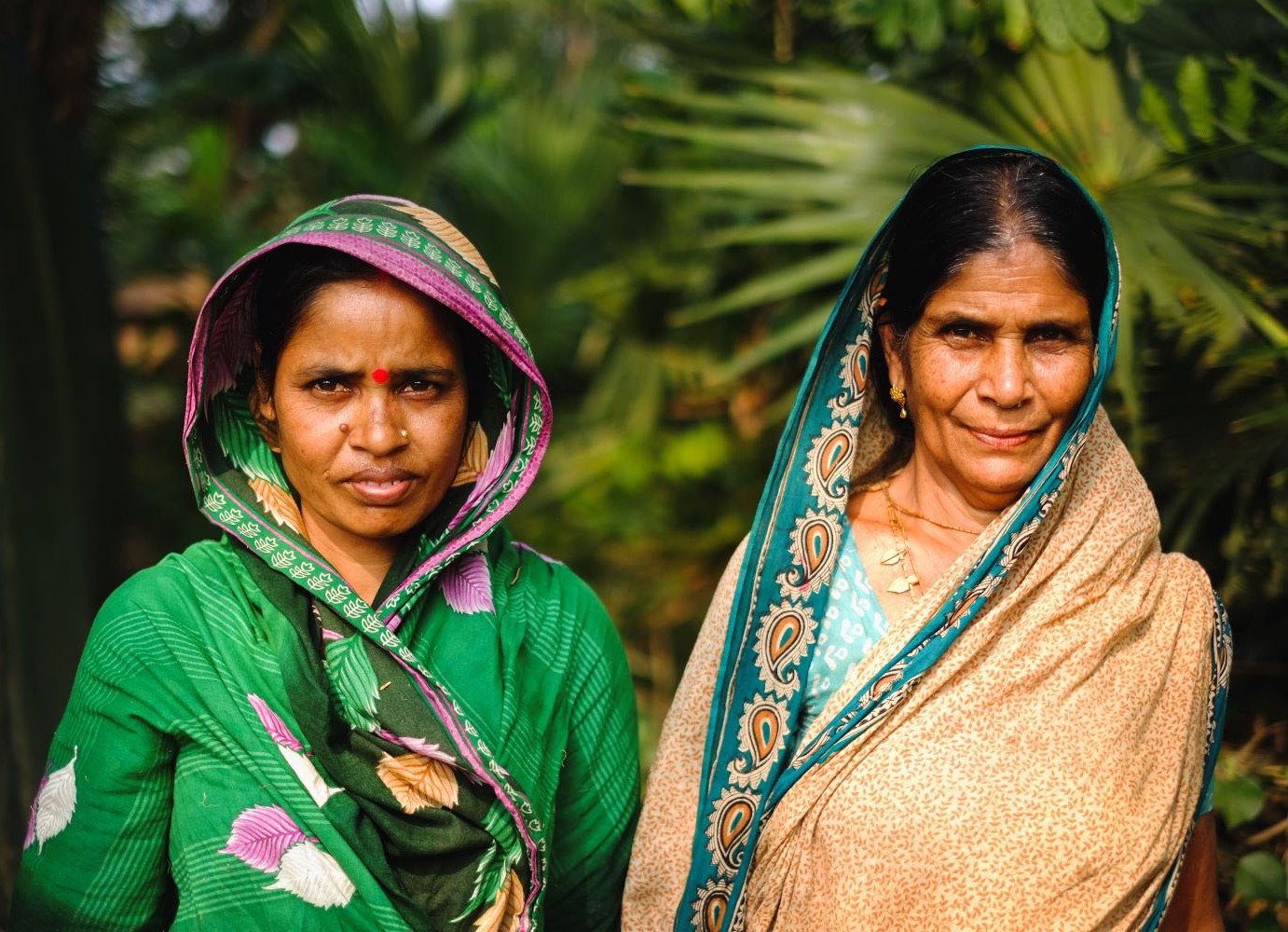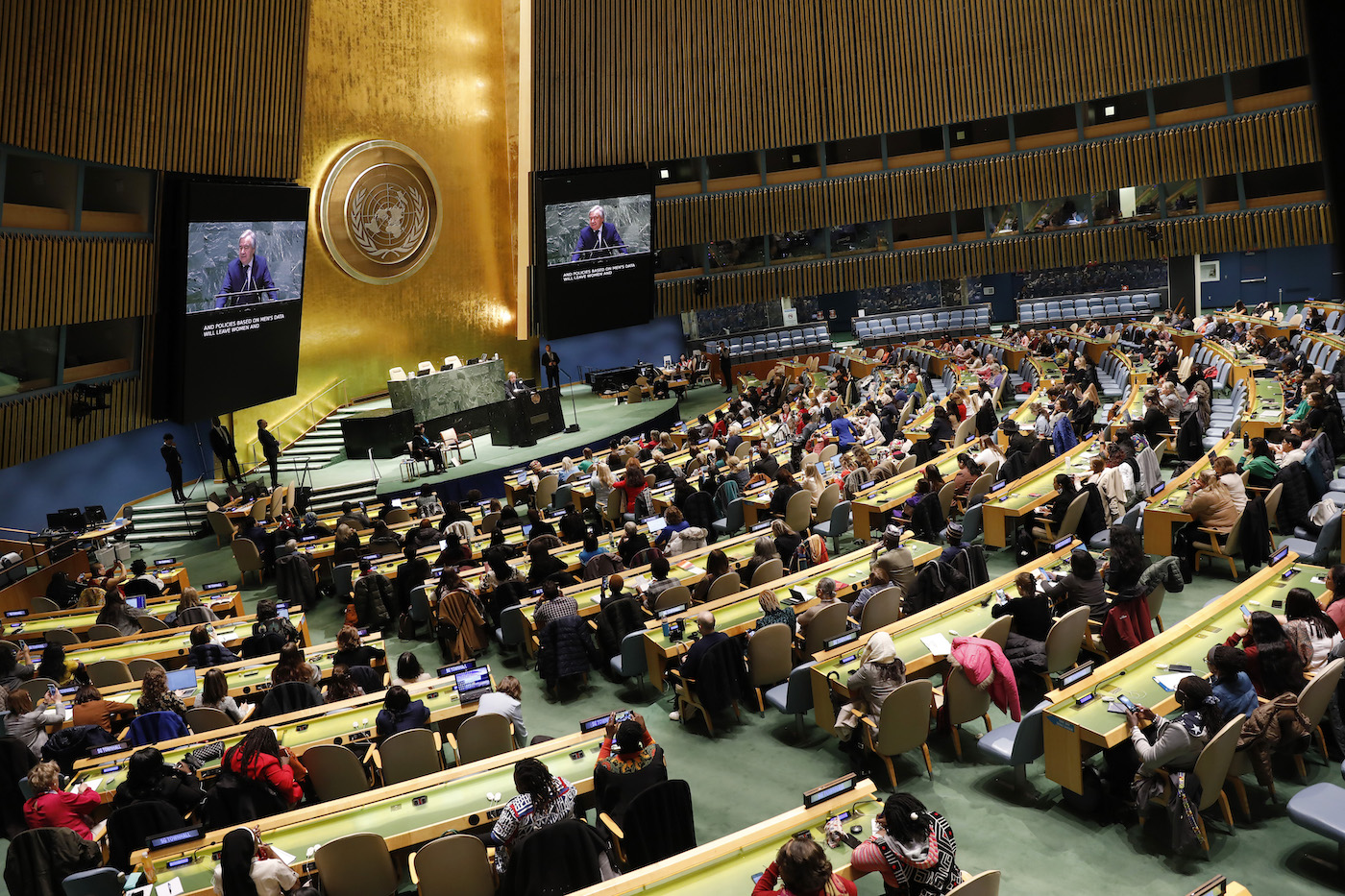Last Friday I spoke at this event “What Works in Education”, a research colloquium sponsored by the World Bank, J-PAL, and USAID (which, like the World Bank, has recently released a new education strategy). Among the impressive group of participants: Abhijit Banerjee, Rukmini Banerji, Paul Glewwe, Francisco Ferreira, and Michael Kremer.The colloquium focused on using evidence in education policy – as World Bank President Bob Zoellick said in his opening remarks, quoting Michael Bloomberg, “In God we trust – everyone else bring data.”Here’s the cleaned-up version of what I said, including a bit more than I had time to say in my six minutes. I focused on the new World Bank strategy for education, called Learning for All.First, what I like about the new strategy (wonderfully conveyed in the three-minute video that Beth King, who heads the education group at the Bank, introduced – watch it here).The strategy and the video say it’s time to focus not on inputs to school systems but on the key outcome education investments are meant to produce, i.e. learning. The World Bank and the development community have come a long way from the decades-long era (1960-2000) of mostly building schools and training teachers. (I turned down my first job offer at the Bank in 1979, from an Education Division, because it seemed to be mostly about building schools and the associated procurement rules.)Second, I said what I hope this new strategy means for World Bank (and USAID and other official donor agencies’) operations. If the strategy is to have impact, it should upend completely traditional Bank support for education -- from financing inputs to financing the key outcome: increments of independently verified additional learning (as in Cash on Delivery Aid). Financing progress on the outcome of learning should happen after the fact – e.g. at the end of each year; independent of HOW countries manage progress; and ought to be structured to pay not only when children in school (private as well as public) learn more, but when adolescents living in the streets learn more, or illiterate mothers, or agricultural laborers, or for that matter university students learn more.I was a bit snarky in saying that in 2020 I hope the next World Bank education strategy document will not announce on the first page the amount of money the Bank has “invested” in education, but instead the increases in learning its borrowers and grantees have achieved. Perhaps a large part will have been achieved independent of the school system: due to better health, or the opportunity to migrate (as with all those Filipino young girls now lining up for private nursing schools there), or to rising demand for English speakers in the 2020 version of today’s call centers in India, or to rising wages for skilled technicians in Egypt where privatization and labor market reforms have doubled the rate of employment.I worried out loud that the Bank strategy does not grapple with the possibility of a tough tradeoff between quality and quantity – or to put it in today’s UN lingo, between the MDG universal primary schooling by 2015 and the MLG Millennium Learning Goal idea (see paper by Lant Pritchett and others on this here). The MLG at the moment is a good idea, but without any official backing and without an agreed indicator or deadline (e.g. a goal of all 15-year olds in developing countries reaching today’s OECD 6th grade mean and standard deviation of math and reading achievement by 2020?)I did end up working at the Bank and in the 1980s heading a division working on education and health in Brazil. I still think about the 50 percent of 12 year-olds living one hour outside Fortaleza, Brazil that had already dropped out of school. That meant that half of 12-year olds in that part of rural Brazil were getting the message that they were too stupid to make it in school – that really was the view of many poorly trained local teachers there and then. How should we count the cost of so many children believing they are failures? – which happens today when children are pushed along from year to year without learning much. Lant Pritchett is writing a book that suggests using detailed test data from several developing countries that there may well be a tradeoff between getting every child through primary school and ensuring more children learn enough to secure their future, economically and emotionally as well.Finally, the WB strategy puts good emphasis on reform of the education system and on benchmarks for assessing reforms. But it seems timid on the politically tough reform issues such as private schooling and contract teachers. School systems are the most sclerotic and reform-resistant institutions everywhere, and the constraints to reform are not technical but political and bureaucratic. They are constraints that local reformers know best how to address – what they need from the World Bank is not what to do but the contractual commitment to support progress if and when they manage to get progress.This brings me back to the logic of outsiders funding outcomes instead of inputs. We outsiders do not have the inside track on how to build institutions. Surely it is worth paying instead for better and verified outcomes, and thus supporting the insiders in their trial and error process of discovering how to change their own institutions and deal with their own politics. Trial and error is, after all, the way Mayor Bloomberg gets to proceed in New York City.
Disclaimer
CGD blog posts reflect the views of the authors, drawing on prior research and experience in their areas of expertise. CGD is a nonpartisan, independent organization and does not take institutional positions.





